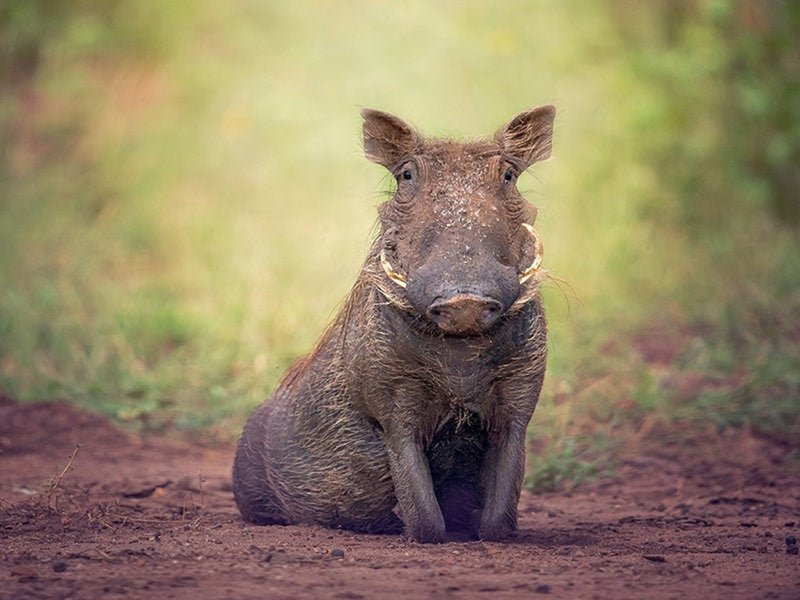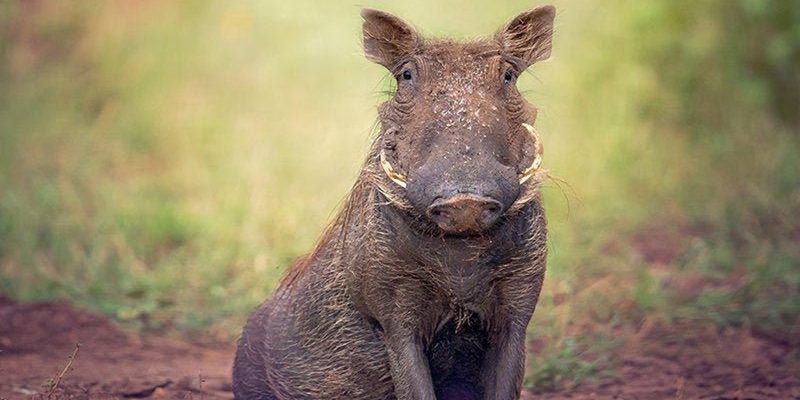
Warthogs: Nature’s Gardeners
Warthogs are often likened to **nature’s gardeners** because of their foraging habits. These animals love to root around the ground, digging up various plants and grasses with their strong snouts. This behavior not only helps them find food, but it also has a larger impact on the ecosystem. By turning over the soil, they aerate it, allowing air and water to reach plant roots more easily.
Moreover, this digging and foraging can help control the growth of certain plant species, preventing any one type from dominating the landscape. It’s like having a dedicated team of landscapers to ensure a healthy balance of flora. Without warthogs, some areas could become overgrown, leading to a decline in plant diversity and the creatures that rely on varied habitats.
Additionally, when warthogs dig for food, they often unearth insects and other small creatures that become food for birds and other animals. This connection highlights their role as a **link in the food chain**. It’s all part of the intricate web of life in the savanna!
A Food Source for Predators
Warthogs have another important role in their ecosystem: they serve as a food source for various predators. Big cats like lions and leopards, as well as hyenas, often hunt warthogs. This relationship is essential for maintaining a balanced predator-prey dynamic in the wild.
Warthogs are relatively vulnerable when grazing. They often keep a lookout for danger with their keen senses. When threatened, they can take off running surprisingly fast, despite their bulky appearance. This instinct not only helps keep their populations balanced but also provides a challenging hunt for predators.
Here’s the thing: the presence of warthogs helps support a diverse range of carnivores that feed on them. In a way, their survival ensures the survival of other species, creating a balanced ecosystem where various creatures can thrive.
Seed Dispersers Extraordinaire
You might be surprised to learn that warthogs also play a role in seed dispersal. As they munch on different plants, they ingest seeds that later get excreted when they take care of their business. This process helps promote plant diversity by spreading seeds across large areas, allowing new plants to sprout in different locations.
This is crucial, especially for trees and shrubs that rely on animals for seed distribution. In some cases, certain plants even depend entirely on warthogs for their reproductive success. So, the next time you see a warthog, remember that they might just be unintentionally planting a forest!
Moreover, by moving across various terrains, warthogs can help seeds reach areas that might not have suitable conditions for germination otherwise. Their role as **seed dispensers** makes them valuable to the ecosystems they inhabit.
Soil Composition & Nutrient Cycling
When warthogs dig into the soil, they aren’t just foraging; they’re also contributing to **soil health**. As they uproot plants, they help expose the soil to sunlight and air, which can promote the growth of beneficial microorganisms and insects. This is essential for maintaining healthy soil composition, which in turn supports all forms of life in the ecosystem.
Warthogs also excrete manure that enriches the soil with nutrients. While it might not sound glamorous, their droppings are a natural fertilizer that can help plants grow robustly. This nutrient cycling is a critical component of ecosystem health, ensuring that the soil remains fertile and capable of supporting a variety of species.
As they move through their habitat, warthogs create a microhabitat for other organisms, like insects and fungi, to thrive. This interconnectedness is what keeps the environment balanced and flourishing.
Social Structure and Communication
Warthogs are quite social creatures. They live in groups called sounders, usually consisting of females and their young. Males tend to be solitary, joining sounders primarily during mating season. This social structure is crucial for their survival, as living in groups allows them to maintain a better lookout for predators.
Communication among warthogs is fascinating, too. They use a series of vocalizations, body language, and even scents to convey information. Their grunts and snorts might seem comical, but they serve important purposes, like signaling danger or coordinating movement within the group.
By fostering social bonds and communication, warthogs maintain a sense of community that enhances their safety. This behavior contributes to the overall stability of their populations, ensuring that they can fulfill their roles effectively within the ecosystem.
Warthogs and Climate Resilience
As climate change poses challenges to many species, warthogs are showing resilience in their ecosystems. Their diet consists of a wide range of vegetation, allowing them to adapt when certain plants become scarce due to shifting climate conditions. This adaptability means that they can thrive even when faced with changes in their environment.
Additionally, by digging and foraging, warthogs help promotoe land regeneration. Their actions can contribute to restoring degraded grasslands by overturning compacted soil, allowing new grasses and plants to take root. It’s like nature’s way of bouncing back after a setback, thanks to the hard work of warthogs.
This resilience not only benefits the warthogs themselves but also the greater ecosystem, giving other plants and animals a better chance to survive and thrive.
Warthogs might look like the underdogs of the animal kingdom, but they play a vital role in their ecosystems. From **aerating soil** and dispersing seeds to providing food for predators and fostering social connections, these creatures contribute in ways that ensure the health and balance of their environment.
Understanding their roles helps us appreciate the intricacies of nature and the importance of every creature, no matter how unusual they may seem. Next time you hear a warthog snorting in the wild or on a nature documentary, remember that this quirky animal is an essential piece of the ecological puzzle. By supporting their habitats and acknowledging their contributions, we can help preserve the beautiful balance of nature that they help maintain.

